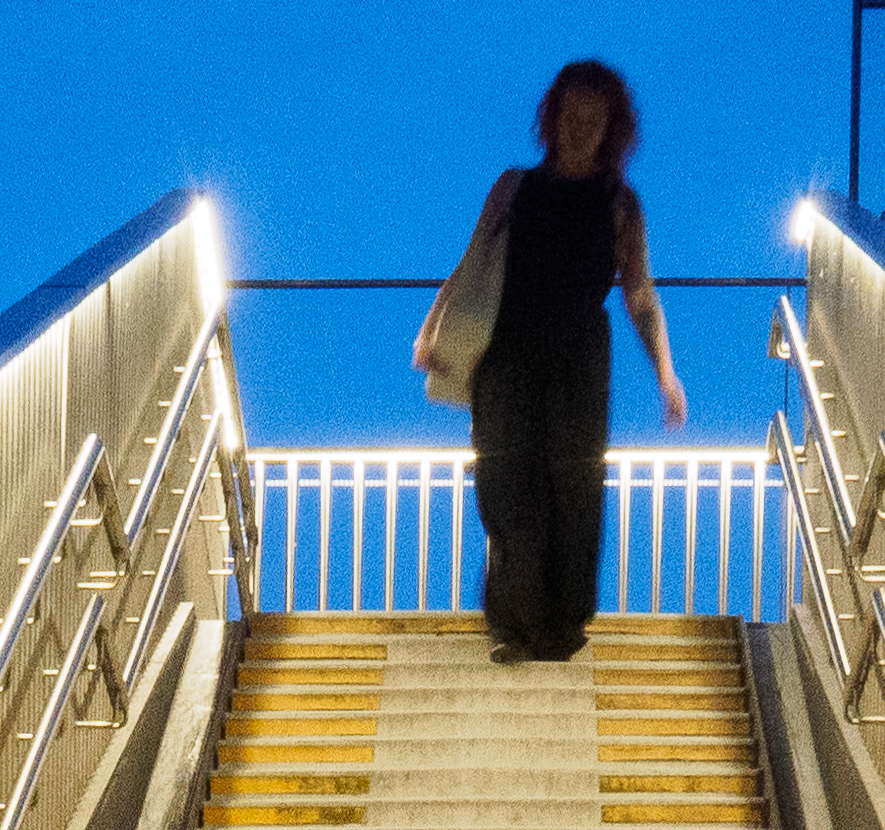Has Adobe given MFT a new lease of life?
No matter how much you like the MFT format, there is no denying that it has some drawbacks. The most important one – and the only one I really care about – is poor low light performance. Everything else being equal, the smaller sensor will mean more image noise at higher ISO, compared to full frame, or even APS-C.
Now, everything is not necessarily equal. The smaller sensor also makes it easier to make an effective in-body stabilization, meaning you might be able to avoid high ISO by using longer exposure times. Also, affordable fast prime lenses are another feature of the MFT system, meaning you might be able to avoid high ISO with a low F-stop. But none of those will help you, if your subject is moving and/or you need a larger depth of field. In those low light situations, there is no other way than to crank up the ISO. Which will inevitably result in image noise.
While sensor resolution has been growing steadily in APS-C size systems, and even more so in full frame, it seems to have reached a barrier at approximately 20 MP in the MFT-system. I suspect a major reason for this is, that higher resolution within the fixed physical size of the MFT-sensor would inevitably lead to more (read: unacceptable) image noise. Therefore, further developments in resolution of the MFT sensor has, I guess, been halted by sheer physics.
Enter AI-powered denoise in Adobe Lightroom.
I know, it’s not exactly a new feature at the time of writing this. In fact, it was introduced back in April 2023. But as with many new features presented as a revolution, my initial reaction was scepticism. Now, I have had the opportunity to use it for real, as part of my workflow for some time. And I must say: I’m quite impressed. It might not be a revolution. But a remarkable evolution is not bad either…..
I thought I had become quite proficient in manual noise-removing in Lightroom. And I still think so. But I must admit that the new AI-powered function does the job at least just as well, but often considerably better than what I could have done myself.
Here is a practical example. The picture was taken on a late september evening at the Carlsberg train station in Copenhagen, using my Olympus Pen F and M.Zuiko 17mm at 1/8 sec., F11 and ISO 3200.




What this example shows to me are the following:
- The problem with noise at high ISO is real, but should nevertheless not be overestimated. The original photo above actually looks quite fine, when viewed at a screen in reduced size. If you read this post on your phone, you will not see any difference at all. It is not before you start looking at it in full size, or maybe in a large print, that the noise becomes noticeable. But in these situations, it definitely becomes annoying.
- Lightroom’s AI-powered noise removal tool definitely does a good job. There is noticeably less noise after the tool has been applied, without the picture becoming too soft or mushy. Actually, it would have been possible to remove even more noise. However, when used too aggressively, denoise will introduce a slightly artificial look. Therefore, I prefer to leave a slight amount of noise in the picture.
- Denoising still comes with a cost, even when performed by AI. In this picture, for example, the distortion of facial features of the person into a blurred v-shape, which are apparent already in the original photo, becomes even more accentuated when the denoise tool is applied.
Conclusion: The AI denoise tool in Lightroom works – and works well. Also, it is much easier to apply, compared to doing manual denoising. Of course, there are limits to how many miracles it can perform. But being driven by AI, I suspect it will get even better over time. With AI-driven denoise, the biggest Achilles’ heel of the MFT system has just been made significantly less of an issue.
